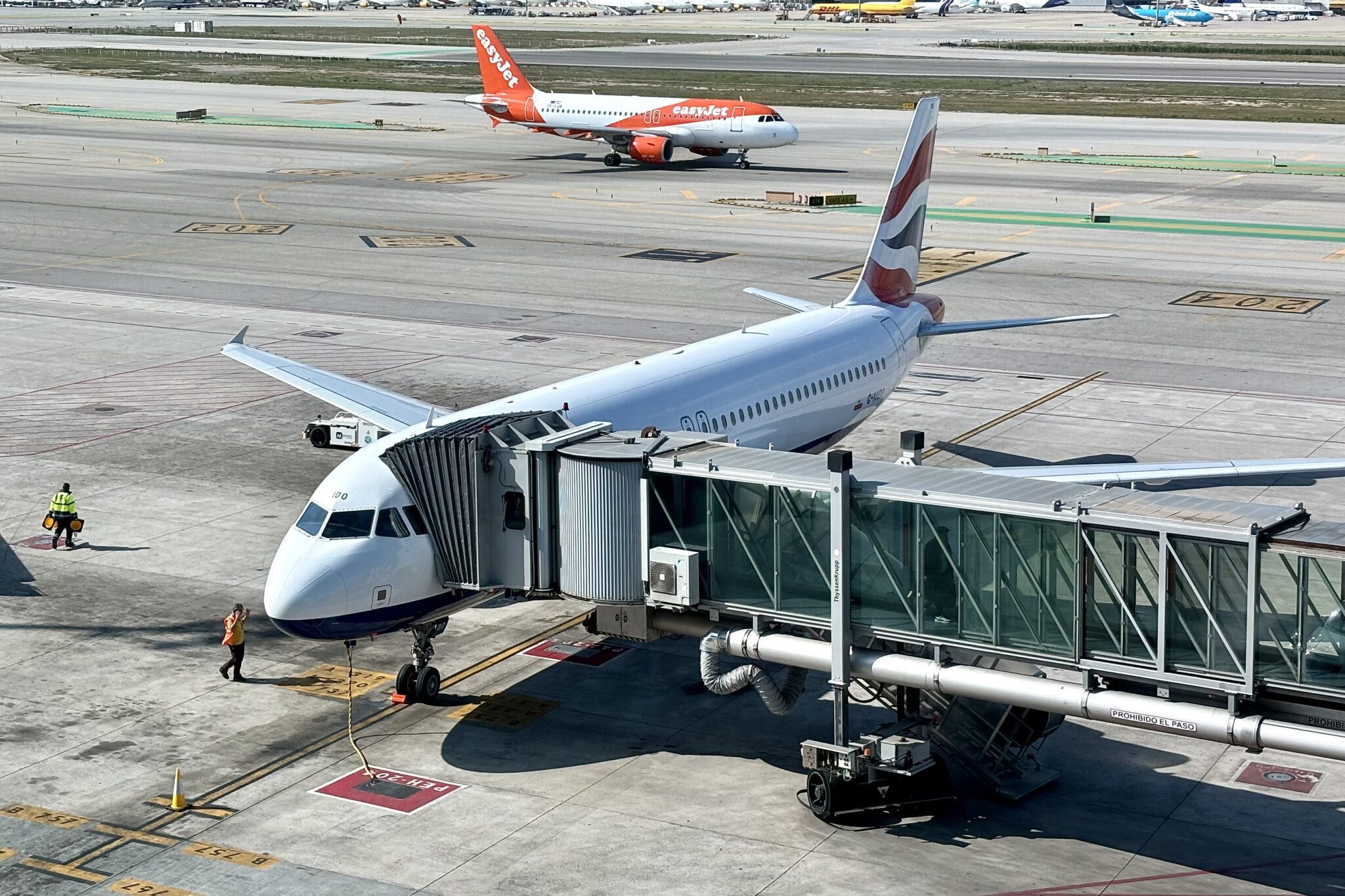In a word, quarantines. International travel, after a brief period of optimism over the summer, appears to be shutting down again as countries around the world restrict travel to contain second- and third-wave outbreaks of the Covid-19 pandemic. This is particularly bad news for the three Middle East behemoths, Emirates, Qatar, and Etihad.
IATA downgraded its forecast for the Middle East’s airlines, now predicting that full-year 2020 traffic will be 30% of 2019’s levels. Over the summer, IATA had predicted the region’s airline traffic would end up at around 45% of last year’s levels. IATA doesn’t expect traffic to return to 2019 levels until 2024.
By contrast, United and Delta reported last week in their third-quarter earnings calls that they are expect traffic to plateau at around half of 2019’s levels.
The three big Gulf carriers predicated their networks and their success on using very large aircraft to funnel large numbers of people from all over the world through their hubs in Dubai, Abu Dhabi, and Doha to destinations all over the world. None has much of a domestic or regional market to speak of. But a world with increasing travel restrictions and quarantines is not one friendly to a business built on sixth-freedom flights.
Another factor eating into the markets Emirates, Qatar, and Etihad built is the increasing number of point-to-point flights. Airlines like British Airways and Virgin Atlantic are launching new direct flights to India and Pakistan. United is adding new direct flights to India and Africa. Indian carriers, like Vistara, are flying direct to London and other points. This shift in longhaul networks capitalizes on the growing importance of leisure passengers to these airlines, as the pandemic crimps business travel. And it’s not good news for the Gulf carriers, because it means fewer passengers will connect over their hubs.
And in the short-term, will passengers even want to connect through hubs? Will they want to increase their dwell time in airports and risk more exposure to the virus? Or would they rather take direct flights? Industry insiders like Air Lease Corp.’s Steven Udvar-Hazy are asking these questions. This trend could correct itself after a vaccine or effective therapeutics minimize the public-health risks, but by then travel patterns could have permanently changed.
To be sure, the Middle East has an increasingly vibrant low-cost carrier market, and some of these airlines are starting to venture further afield. But the bulk of the region’s capacity has come from the Gulf Three, flying fleets of Airbus A380s to every corner of the world. Many of those A380s are parked. Qatar recently said it couldn’t predict when its A380s would return to service.
As has become characteristic of this pandemic, cargo is a bright spot. IATA data show that Middle East cargo traffic fell only 7% in August, on 24% less capacity. Fewer widebody passenger flights translates into less capacity. Some of the vacuum in capacity was filled by freighters, which saw utilization trend significantly upward.
“The slower than anticipated return to the skies for travelers in the Middle East is more bad news for the region’s aviation industry,” said Muhammad Albakri, IATA regional vice president for Africa and the Middle East. “A few months ago, we thought that a fall in passenger numbers to 45% of 2019 levels was as bad as it could get. But the second wave, combined with continuing travel restrictions and quarantines, will result in passenger numbers in the region being less than a third of what we had in 2019.”
Airline Weekly Senior Analyst Jay Shabat contributed to this story.





